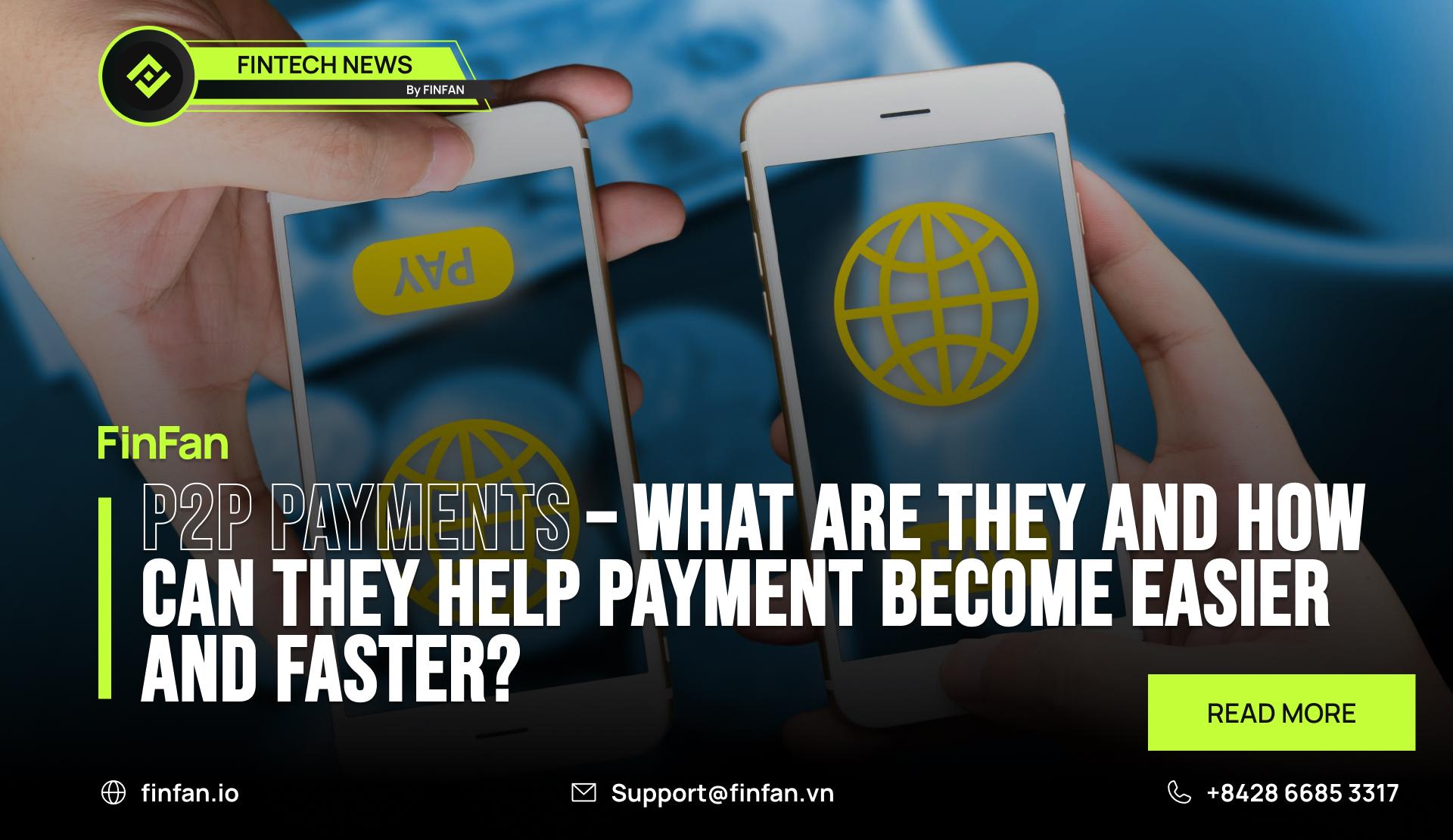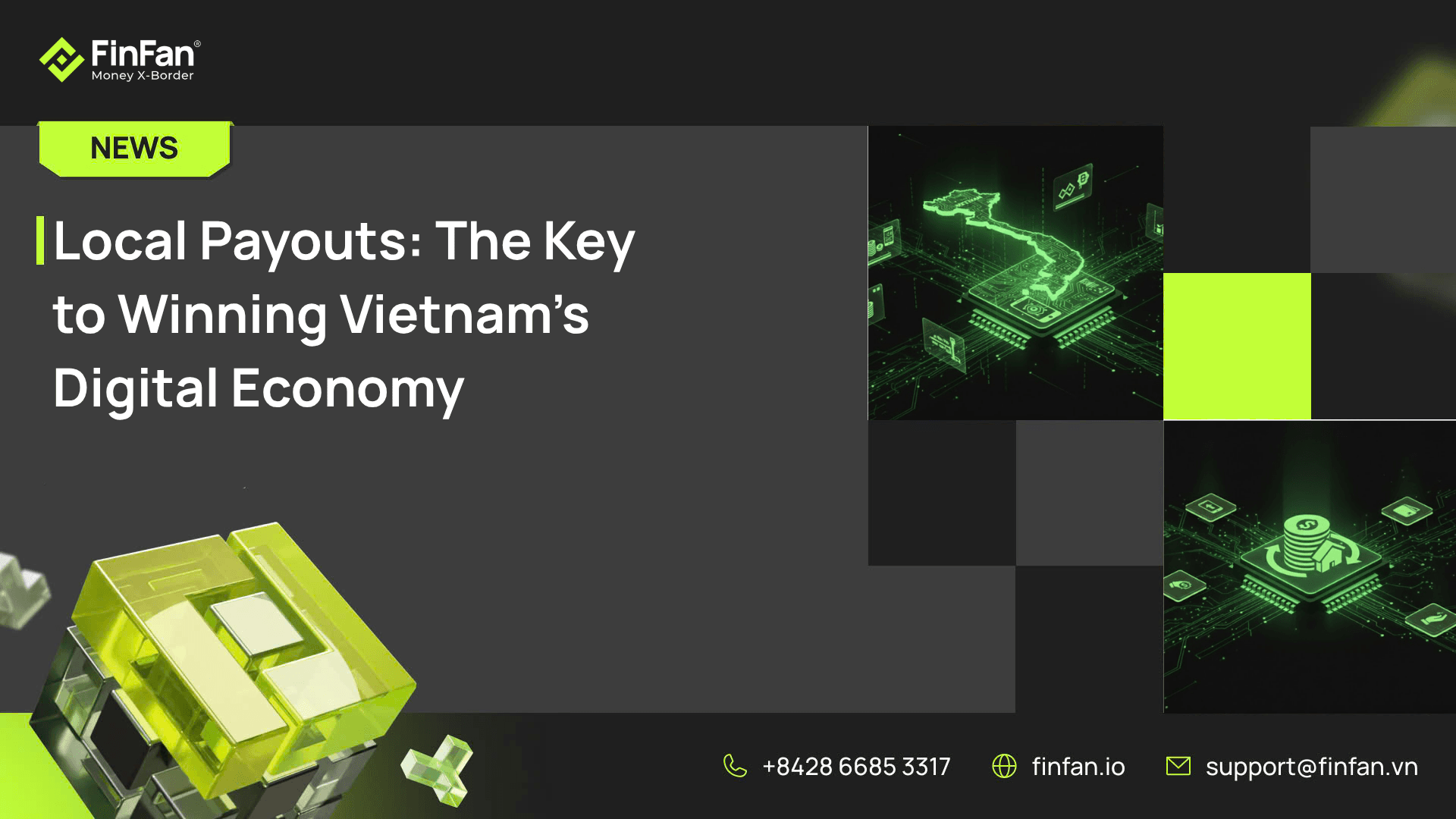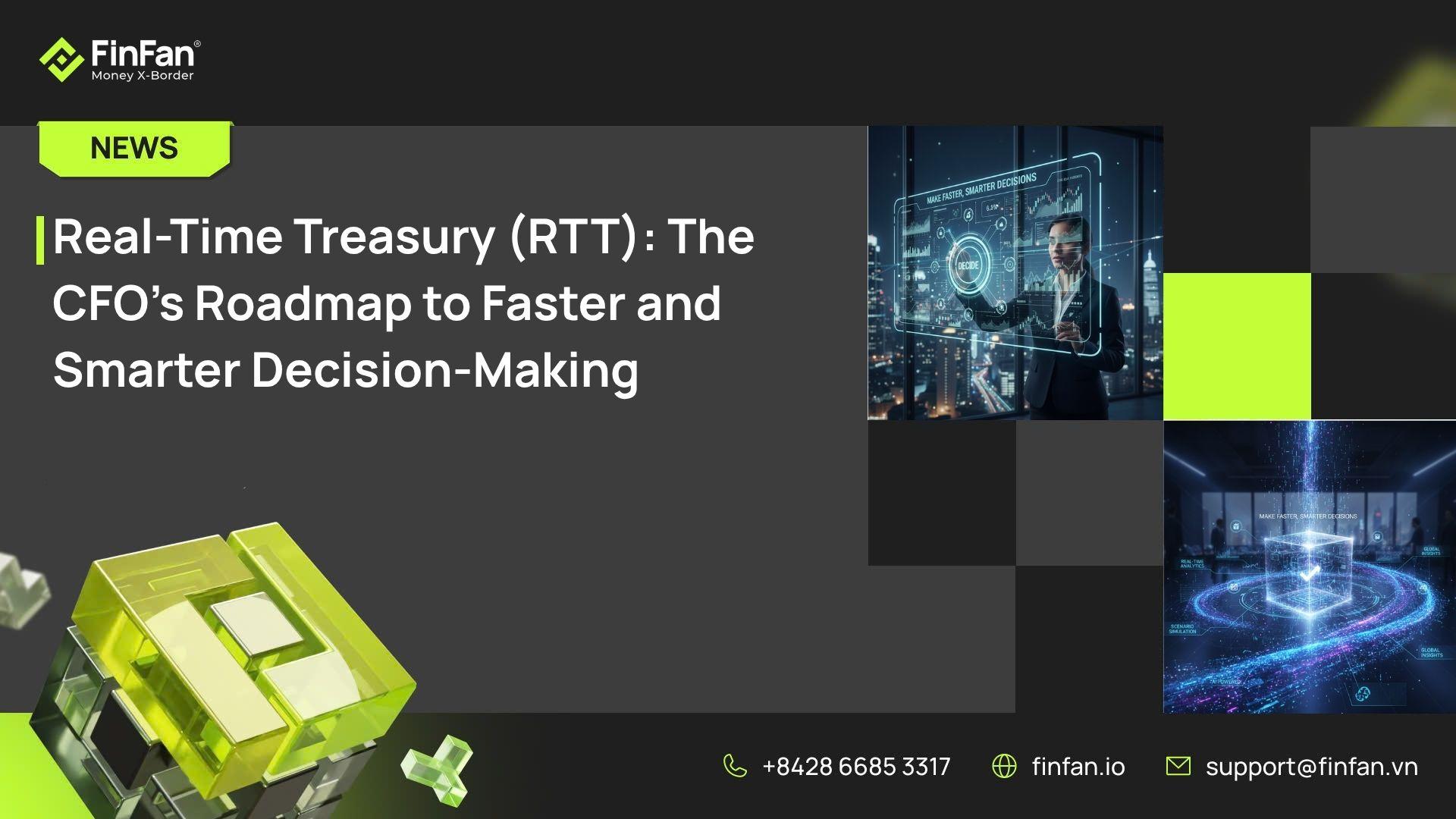P2P Payments – What are they and how can they become easier and faster

Nowadays, the development of financial technology (fintech) is really fast and lets people who are unbanked and underbanked find a better way to transfer money to each other.
Sometimes even without touching your wallet, or going to a bank transaction counters, senders right now can transfer money to a recipient located tens of thousands of kilometers away.
In today's era, all transactions are conducted solely through a smartphone connected to the internet, accessing the websites or applications of peer-to-peer transfer service providers.
So, what exactly are P2P Payments, how do they function, and how can they facilitate the process of P2P transactions to become increasingly seamless? Let us embark on a journey with FinFan to explore these questions in the following article.
What are P2P Payments?
P2P payments represent a form of money transfer between individuals facilitated by an intermediary service provider, obviating the need for excessive disclosure of sensitive personal information such as bank account details or credit card CVV codes. This type of payment allows also users to send and receive money from friends, family, or acquaintances quickly and conveniently without the need for cash or checks.
How do P2P Payments work?
To understand the operational mechanics of P2P service providers' applications or websites, it is imperative to grasp certain identity verification or biometric authentication tools that aid companies in verifying the entities involved in transactions, ensuring compliance with legal KYC (Know Your Customer) and AML (Anti-Money Laundering) regulations.
Some metrics to identify individuals' verification.
- Face authentication
This method is applied based on the unique personal characteristics of the user's face to be able to distinguish between them.
When performing the method, users are required to record their faces with the front camera and then record all other angles of the face according to the machine's instructions until the screen displays a full green circle to complete the operation.
On the contrary, if the circle displays red, it means users have done a certain step of the operation incorrectly or the machine has not clearly captured all of their facial features due to lack of light. At this point, users need to repeat the above process in a well-lit place for the face authentication process to be completed.
- Authentication by fingerprint
This method requires users to press their thumb or index finger (the most commonly used fingers on the phone) onto the designated area of the display screen and rotate uniformly until the device's sensor detects and confirms the details of their fingerprint. Similar to the facial recognition method, the phone's sensor will capture your fingerprint in stages with various instructions and circular indicators displaying the progress of fingerprint acquisition.
- Verify with chip-embedded identification documents.
This method forces users to submit to this website or app images or PDF files of identification documents (2 sides).
Normally, parties will choose citizen identification as a verification document. However, some parties also accept passports, driver's licenses, etc. as long as the information matches and can be checked on the website or app's AML checking system.
P2P payment transfer process
The P2P payment transfer process usually goes through the following steps:
.png)
Step 1: The sender creates an account on an application or website that supports P2P payment transfer (going through all the above authentication steps required by the application or website).
Step 2: The sender enters the money order and selects the recipient's receiving method. If the recipient has an account for the app or money transfer application the sender is using, enter the phone number or email address of that account, otherwise is the recipient's bank account number.
Step 3: The intermediary service provider verifies the identity and information of the recipient, and then initiates the transfer to either the recipient's bank account or the account within the intermediary service's application. At this point, two scenarios may occur:
-
Scenario 1: If the provided information is accurate and the service provider verifies that the recipient is not on any prohibited transfer lists after conducting KYC and AML checks on the recipient through the application or the recipient's bank, the process will be continued.
-
Scenario 2: If the recipient's information is inaccurate or if the application detects that the recipient is engaged in activities contrary to regulations regarding money laundering, fraud, corruption, etc., the transferred amount will be in a "Transaction Declined" state and refunded to the sender's application account.
Step 4: The service provider will immediately transfer a prefunded amount directly to the recipient's bank account (if the receiving method is a bank transfer) and will subsequently receive this amount along with any applicable fees from the recipient's bank.
If the receiving method is through the recipient's application or transfer site account, the amount will be transferred directly to the recipient's account on that application or transfer platform.
In both above cases, the amount of money in the bank account linked to the service provider will not change, so either the sender or the recipient won’t have to pay any fees or pay a low fee for the money transfer.
Advantages of P2P Payments
Speed and Convenience
Most P2P payment transfer service providers offer instant fund transfer solutions that will prevent blockages and delays in the transfer process between traditional banks.
Applying instant settlement money transfer service allows money to circulate within the application's system, except in the case where the user withdraws money from the service provider's application system to the bank or in the case of transferring money to the recipient's bank, the application's bank will create a money transfer order to the recipient's bank immediately.
Accessibility
These platforms of P2P payment service companies are widely accessible, often requiring only a smartphone and internet connection, making them convenient for users across various demographics.
Cost-Effectiveness
As written above, P2P transactions are stored and circulated in the system of the platform that created them, so most users will have no or very little fee for executing their payment orders.
Furthermore, in the case of cross-border P2P transactions, the fees charged by banks can be prohibitively high due to various international payment barriers.
However, when utilizing P2P payment services, the service providers will collaborate with domestic partners to integrate APIs with domestic payment and disbursement systems. This approach significantly reduces costs for customers by circumventing hefty international transaction fees.
For instance, without the support of FinFan in creating a domestic disbursement ecosystem, remittance service providers would have to charge significantly higher fees for customers wishing to transfer cross-border remittances to Vietnam.
Diversify methods of transferring and receiving money
By creating a payment ecosystem related to their services, P2P payment service providers can support customers with more diversity in choosing payment methods and receiving money.
A typical example is that with support from FinFan's e-wallet aggregator system, cross-border P2P payment service providers like Ria Money Transfer, now have a new payment gateway for recipients and are very developed. In Vietnam today, these are e-wallets such as MoMo, ZaloPay, VNPTPay or VNPay, etc.
Today, Ria Money Transfer customers who want to transfer money to Vietnam via e-wallet only need to follow the following 3 steps to transfer money to the recipient's e-wallet account in Vietnam.
Step 1: Log in to Ria Money Transfer

🖥 On the computer: Through the website of Ria Money Transfer here
📱 Download the app on the app store:
-
Appstore: search for the keyword Ria Money Transfer
-
Google Play: search for the keyword Ria Money Transfer
Step 2: Make a money transfer order, then enter recipient information and select ZaloPay/MoMo/VNPTPay/VNPay payment method (information must match the phone number registered to the recipient's ZaloPay/MoMo/VNPTPay/VNPay account, example in the picture here is MoMo).

Step 3: Complete the money transfer order and the money will be transferred directly to the recipient's ZaloPay/MoMo/VNPTPay/VNPay account (example in the picture here is MoMo).

About Ria Money Transfer
With a worldwide network of 507,000 locations in 160 countries, Ria Money Transfer continues to make the world a smaller place by closing distances between families and their loved ones through world-class money transfers.
They also offer bill payment, mobile top-ups, prepaid debit cards, check cashing, and money orders. With every service that they provide, we work hard to provide the most positive experience possible.
The security provided by P2P payment services to customers.
To deliver services to customers, both Ria Money Transfer and third-party technical support providers facilitate integration with domestic e-wallets such as FinFan, and domestic e-wallet providers themselves must adhere strictly to cybersecurity principles and safeguard user privacy in conjunction with KYC and AML systems. Therefore, the security and safety of users' information is guaranteed.
Conclusion:
P2P Payments have emerged as a convenient and efficient solution for individuals seeking to transfer funds quickly and securely.
Although there are still many problems coming from the P2P lending segment, which often brings trouble to the fintech industry not only in Vietnam but also around the world, with ongoing innovations and enhancements, these platforms are poised to further simplify the process of peer-to-peer transactions, contributing to a more seamless and interconnected financial landscape.
This article was produced by FinFan - a cross-border embedded financial services company in Ho Chi Minh City, Vietnam that focuses on mass disbursement, fund collection, card processing, IBAN, and digital APMs solutions, which can provide valuable input and integration on and for the same.
About FinFan
FinFan is a cross-border embedded financial services company that focuses on mass disbursement, fund collection, card processing, IBAN, and digital APMs solutions, which can provide valuable input and integration on and for the same. FinFan already integrated with almost the world's well-known MTOs, PSPs, switch and core fintech platforms as Money Gram, Thunes, Qiwi, Remitly, World Remit, Bancore, PaySend, Terrapay, Ria Money Transfer (Euronet), Dlocal, Ripple, TripleA, FoMo Pay, Wings, etc.
For more information, please contact us at:
🌐https://finfan.io
📞(+84) 2866 85 3317
✉ support@finfan.vn
LinkedIn: FinFan





